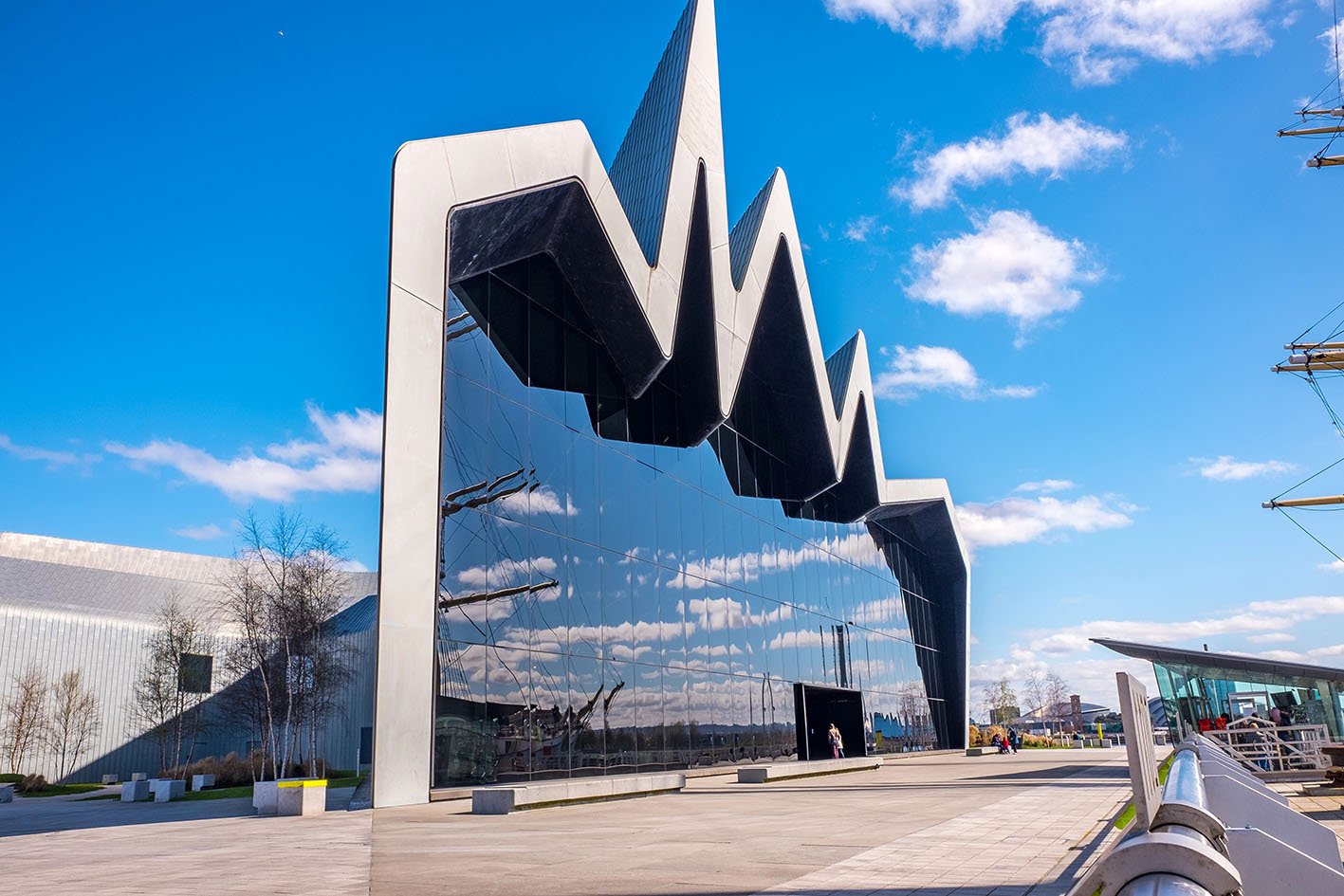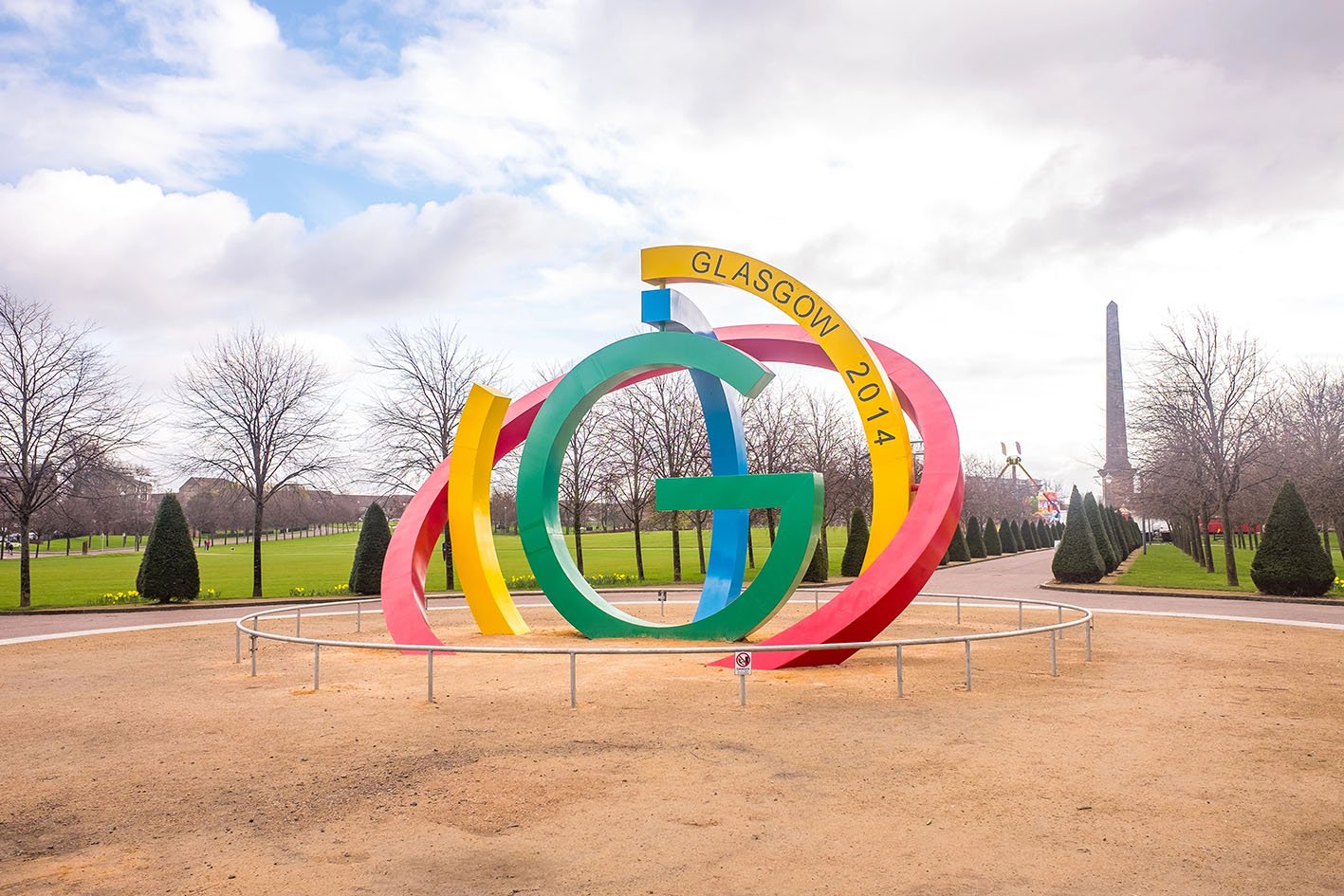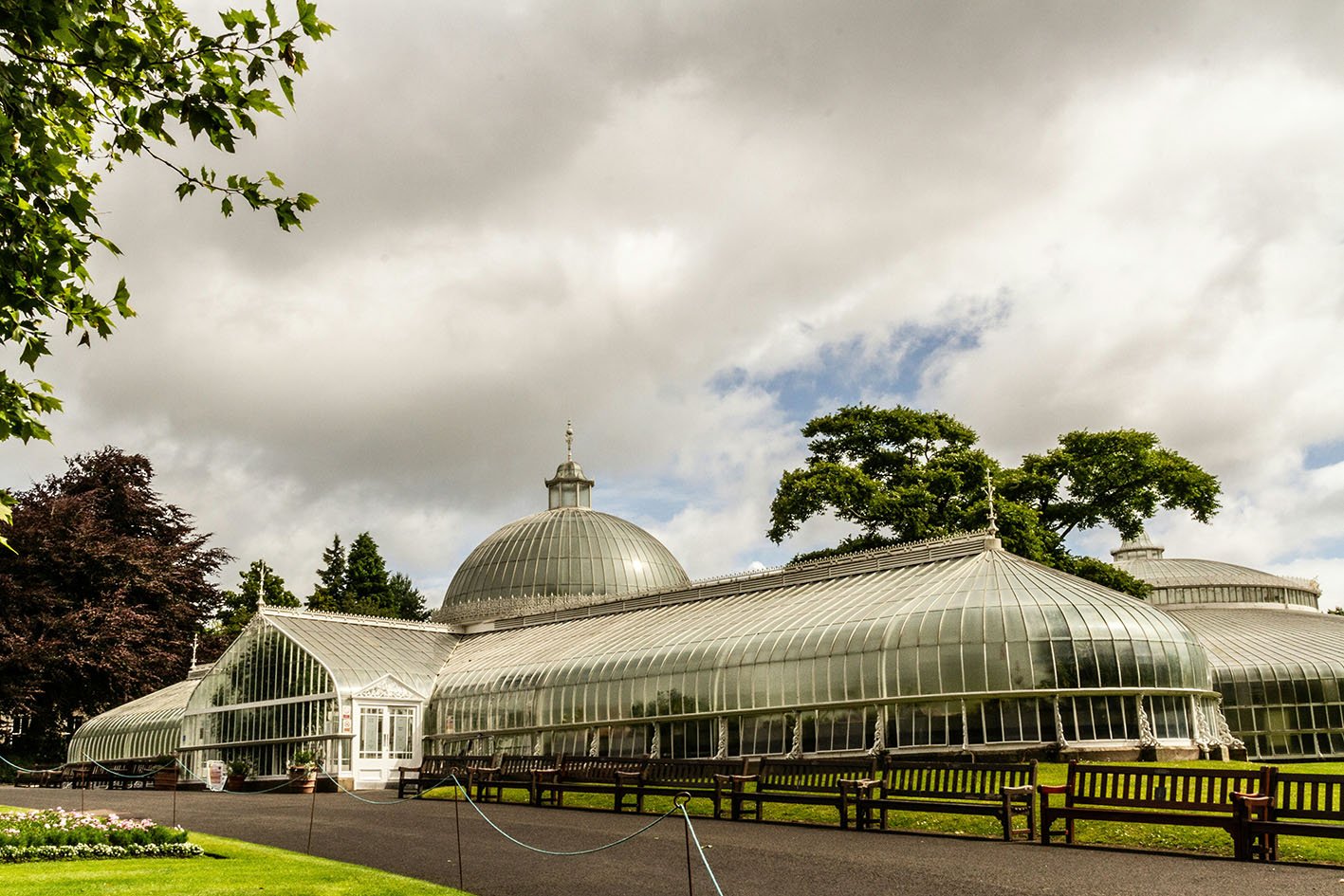The Dear Green Place
Glasgow, the largest city in Scotland, is a vibrant metropolis known for its rich tapestry of history, culture, and stunning architecture. Established in the 6th century, Glasgow has evolved from a small religious settlement into a bustling urban center that boasts a unique historical narrative. The city flourished during the Industrial Revolution, becoming a hub for shipbuilding and manufacturing, which significantly contributed to its economic growth and cultural development.
Today, Glasgow is renowned not only for its historical significance but also for its dynamic cultural scene. The city is dotted with numerous museums, galleries, and theaters, showcasing an impressive array of art and performances that attracts millions of visitors each year. Institutions such as the Kelvingrove Art Gallery and Museum and the Scottish Opera play integral roles in preserving and promoting Glasgow's artistic heritage.
Moreover, Glasgow's architectural landscape reflects a blend of classical and contemporary styles, from the grandeur of the Glasgow Cathedral to the modernist designs of the SSE Hydro. This fusion of old and new provides a captivating visual narrative that draws architecture enthusiasts and casual visitors alike.
The city's cultural significance extends beyond the arts; it is also celebrated for its rich musical heritage, often recognized as a UNESCO City of Music. Glasgow hosts numerous music festivals and events throughout the year, reflecting its love for diverse musical genres and talents.
As one of Scotland's most dynamic cities, Glasgow offers a wide range of attractions that cater to various interests, making it an ideal destination for travelers seeking both historical depth and modern experiences. From its bustling streets filled with shops and cafes to tranquil parks and historic sites, Glasgow invites exploration and discovery.
Projects
Forest Wilderness

Riverside Museum
Located along the picturesque Clyde River, the Riverside Museum stands as Glasgow’s principal transport museum, encapsulating the rich history of various modes of transportation. Designed by the renowned architect Zaha Hadid, the museum’s distinctive architectural brilliance lies in its fluid, modern lines and innovative structure, making it a visual landmark. Its striking façade, reminiscent of the dynamic motion of vehicles, sets the stage for an engaging exploration of the city’s transportation heritage.
Visitors to the Riverside Museum can immerse themselves in a vast array of transport exhibits, showcasing everything from historic bicycles to steam locomotives and vintage cars. The museum houses over 3,000 objects on display, providing a comprehensive insight into the evolution of transport across Glasgow and beyond. Informative signage accompanies each exhibit, ensuring that patrons not only enjoy the visual experience but also gain knowledge about the significance of each artifact.
One of the museum's highlights is its interactive displays, inviting hands-on engagement with the various forms of transport. This interactive approach fosters a deep understanding of the mechanics and history of each vehicle, enhancing the visitor experience. Furthermore, the Riverside Museum is home to the Tall Ship, the Glenlee, a magnificent sailing vessel docked alongside the museum. This restored ship offers a unique opportunity for guests to explore maritime history and the life at sea, making it a perfect complement to the museum’s extensive transport displays.

The People’s Palace
The People’s Palace, located within Glasgow Green, serves as a unique cultural institution dedicated to depicting the social history of Glasgow. Opened in 1898, it offers impressive exhibitions that chronicle the lives and experiences of Glasgow’s working-class citizens over the years. The museum effectively communicates the evolution of the city through various displays, photographs, and artifacts, showcasing how the citizens have shaped the vibrant culture that characterizes Glasgow today.
The architecture of the People’s Palace is striking, with its ornate façade and charming details inviting visitors to explore its historical riches. Inside, guests will discover a range of exhibitions that focus on pivotal moments in Glasgow's history. These thematic exhibitions encompass topics such as the industrial revolution, the impact of immigration, and the city's role during the world wars. Visitors will find that the storytelling methods employed enhance their understanding of the societal transformations that have occurred throughout Glasgow's past.
Adjacent to the museum, the Winter Gardens complement the People's Palace beautifully, offering a splendid array of exotic plants and Victorian glasshouses. The gardens provide a tranquil retreat, where visitors can enjoy a leisurely stroll among the lush greenery while taking in the magnificent architecture of the glass structure. The combination of both attractions makes for a well-rounded experience that encapsulates both the historical and natural beauty of Glasgow.
The Glasgow Botanic Gardens
The Glasgow Botanic Gardens, a vibrant green oasis situated in the heart of the city, offer a captivating blend of nature, education, and serenity. Established in 1817, these gardens are renowned for their stunning glasshouses, particularly the Kibble Palace, which houses an impressive collection of exotic plants and flowers. This Victorian glasshouse is not only an architectural marvel but also serves as a vital space for conservation and public education regarding plant biodiversity.
Visitors can explore over 50 acres of meticulously maintained gardens, featuring a diverse range of plant collections that emphasize both native and international flora. The gardens play a significant role in promoting biodiversity and provide essential habitats for numerous species, contributing to Glasgow’s ecological health. The importance of these gardens extends beyond aesthetics; they serve as a living laboratory for botanical studies, making them an invaluable resource for students and researchers alike.
Throughout the year, the Glasgow Botanic Gardens host various seasonal events and activities, ideal for family outings or simply enjoying a peaceful day. From summer flower festivals to winter lantern displays, there is always something happening that underscores the gardens' connection with the community and the changing seasons. Visitors are encouraged to check the official website for a calendar of events to plan their visit accordingly.
For those looking to appreciate the beauty of this urban haven, the best times to visit are during spring and early summer, when blooms are at their peak and the gardens exhibit a riot of colors. Additionally, picnicking in designated areas provides an enjoyable way to soak in the tranquil atmosphere. With its mixture of natural beauty and rich botanical heritage, the Glasgow Botanic Gardens is a must-visit attraction for anyone exploring Scotland's largest city.

